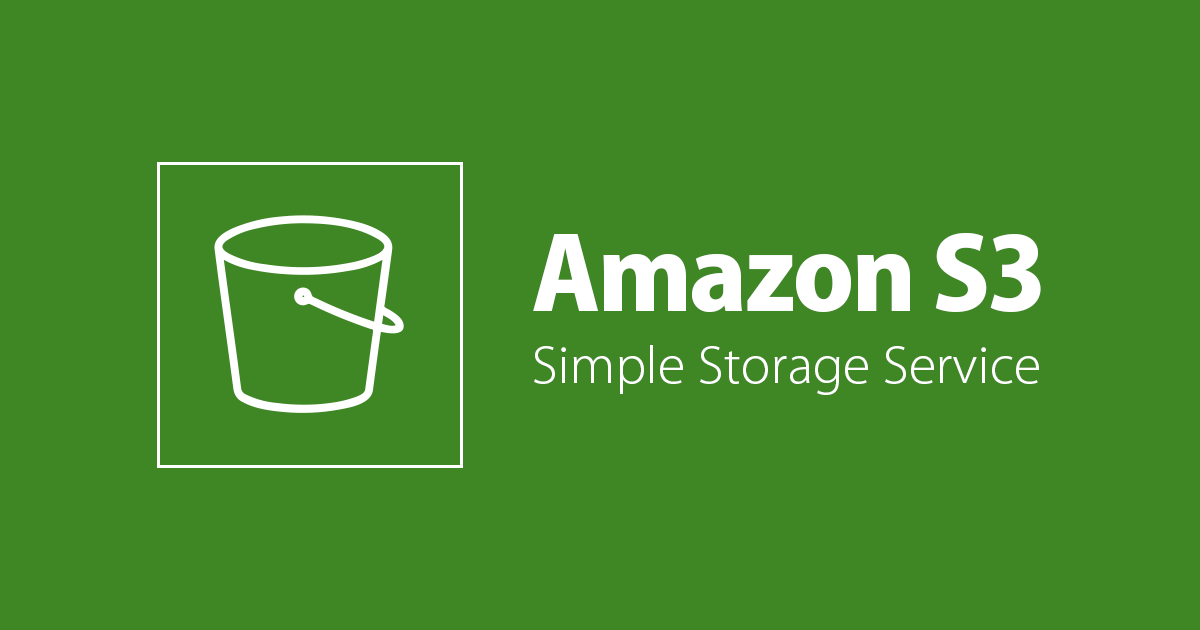Getting Started with AWS S3: A Simple Guide
 Sumit Mondal
Sumit Mondal
Amazon Simple Storage Service (S3) is a widely used object storage service offered by Amazon Web Services (AWS). It provides developers and IT teams with secure, durable, and highly scalable storage in the cloud. In this guide, we'll walk through the steps to implement AWS S3, from setting up your account to performing basic operations.
Step 1: Create an AWS Account
First things first, if you don't already have an AWS account, head over to aws.amazon.com and sign up. You'll need to provide your payment information, but AWS offers a Free Tier that includes S3 usage for new accounts, allowing you to get started without immediate costs.
Step 2: Accessing AWS Management Console
Once you have your AWS account set up, log in to the AWS Management Console. This is your central hub for managing all AWS services, including S3.
Step 3: Navigate to S3
In the AWS Management Console, find the Services dropdown menu at the top left corner. Under Storage, select S3. This will take you to the S3 dashboard.
Step 4: Create a Bucket
A bucket is a container for storing objects (files) in S3. Here's how you can create one:
Click on the Create bucket button.
Enter a unique name for your bucket (bucket names must be globally unique across all of AWS).
Choose the AWS region where you want your bucket to be stored.
Click Create.
Your bucket is now ready to use!
Step 5: Upload an Object (File) to Your Bucket
Let's upload a file to the bucket you just created:
Open your bucket by clicking on its name.
Click on the Upload button.
Click Add files to select the file you want to upload from your computer.
Optionally, you can set permissions, add tags, and configure other settings.
Click Upload.
Congratulations! You've uploaded your first object to AWS S3.
Step 6: Access Control and Permissions
AWS S3 provides robust access control mechanisms to secure your data. You can define access policies, manage user permissions, and configure encryption options. It's important to familiarize yourself with these features to ensure your data's security and privacy.
Step 7: Integrating S3 with Applications
One of the key advantages of S3 is its seamless integration with various AWS services and third-party applications. For example:
Static Website Hosting: You can host static websites directly from an S3 bucket.
Data Backup: Use S3 to store backups of your databases or application data.
Data Lake: S3 is often used as a data lake storage solution for analytics and big data processing.
Step 8: Explore Advanced Features
As you become more comfortable with S3, explore advanced features such as versioning, lifecycle policies, event notifications, and cross-region replication. These features allow you to optimize costs, automate workflows, and improve data durability.
Conclusion
Implementing AWS S3 is a fundamental step towards building scalable and reliable cloud-based applications. By following these simple steps, you can start leveraging the power of AWS S3 for your storage needs. Remember to refer to the AWS documentation for detailed information on specific features and best practices.
Happy cloud computing!
Subscribe to my newsletter
Read articles from Sumit Mondal directly inside your inbox. Subscribe to the newsletter, and don't miss out.
Written by

Sumit Mondal
Sumit Mondal
Hello Hashnode Community! I'm Sumit Mondal, your friendly neighborhood DevOps Engineer on a mission to elevate the world of software development and operations! Join me on Hashnode, and let's code, deploy, and innovate our way to success! Together, we'll shape the future of DevOps one commit at a time. #DevOps #Automation #ContinuousDelivery #HashnodeHero